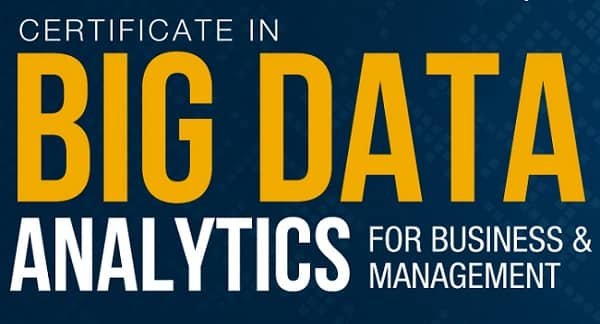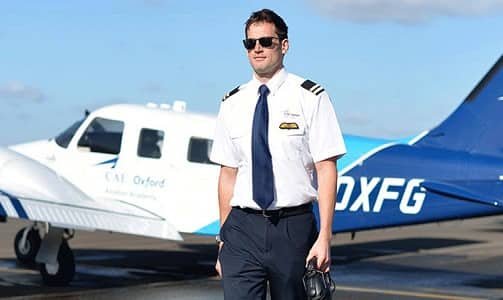In the maritime profession, there are typically two main paths for each seafarer. These are engineering (engineers) and navigation, or, as it is sometimes called, deck officer. After acquiring the required years of training and practice, there comes a time when it is necessary to take certain specialized courses to advance further up the career ladder. Many shipowners require senior officers to complete these courses because the cost of a mistake can be too high, and it is much more profitable to invest in courses and gain the necessary knowledge and skills to minimize the likelihood of human error.
What are ERRM and MRM?
1. Engine Room Resource Management (ERRM) and Maritime Resource Management (MRM) are specialized maritime courses that teach seafarers how to manage the resources at their disposal effectively. For example, the Engine Room Resource Management course teaches engineers how to solve technical problems correctly and communicate effectively with the team so that, in case of emergency, problems can be quickly and efficiently resolved.
2. MRM helps deck officers and all those working on the bridge manage all the resources on the ship, whether it be provisions or other operations on board. MRM is a more comprehensive course as it covers more aspects, since deck officers must also communicate with engineers working in the engine room to stay informed about the condition and capabilities of the ship and to prevent any unexpected issues.
Both courses are complementary in accordance with the framework approved by the IMO (International Maritime Organization) and Rule A-VIII/2 of the I.C.S.T.C.W. stands for Rule A-VIII/2 of the International Convention on Standards of Training, Certification, and Watchkeeping for Seafarers (STCW).These provisions are intended to ensure that the individuals who go onboard can undertake their responsibilities diligently and make use of management resources among other issues in the best ways possible.
Learning example for ERRM and MRM:
To ensure that the reader fully understands why seafarers are required to complete so many mandatory courses, here is an example:
A collision of a tanker ‘Exxon Valdez’ with Bligh reef (a subsection of inlet of marine sedimentary rocks). Alaskan waters (1989)
While contemplating the “Exxon Valdez” tanker accident which occurred on March 24, 1989 in the waters off the coasts of the State of Alaska, mistakes were made both in Maritime Resource Management and Engine Room Resource Management. Let’s consider what exactly happened from the point of view of these two areas and какие mistakes made:
Maritime Resource Management:
Errors on the Bridge
- The ship’s captain left the bridge
The captain left the bridge while the vessel was navigating a difficult section of the route. - Inadequate manning of the bridge
The captain left only one person on the bridge—the third mate. However, due to fatigue, as he had rested less than six hours, he was not able to effectively manage the ship. - Incorrect course selection
When changing course, the crew selected the wrong compass heading, which ultimately led to the collision with the reef.
Engine room resource management:
Errors in the Engine Room
- Failure to Monitor and Adjust Engine Speed:
- The crew in the engine room failed to adjust the engine speed in response to the changing conditions as the vessel approached the Bligh Reef. Proper monitoring and timely adjustments could have provided better maneuverability, potentially avoiding the collision.
- Delayed Response to Bridge Commands:
- There was a delay in the engine room’s response to commands from the bridge to adjust speed and maneuver the vessel. This delay was due to a lack of situational awareness and communication issues between the bridge and the engine room.
- Lack of Coordination Between Engine Room and Bridge:
- There was insufficient communication and coordination between the engine room crew and the bridge team, which led to delays in executing necessary maneuvers. This lack of coordination was a critical factor in the failure to avoid the collision with the reef.
These errors led to catastrophic events, with 40.9 million liters of crude oil being spilled into the sea near Alaska, which at that time was the largest environmental disaster in maritime history.
Conclusion
The tragic case of the Exxon Valdez disaster highlights the need for adequate training in Engine Room Resource Management (ERRM) and Maritime Resource Management (MRM). The errors made both on the bridge and in the engine room further degrade communication, coordination, and situational awareness, which can lead to devastating disasters. A destructive example of this is the spill of 40.9 million liters of crude oil into the sea near Alaska.
After examples of such disasters and their devastating effects on nature and the environment, people begin to realize that all these courses did not come out of nowhere—they are simply a result of the maritime world learning from maritime mistakes and trying to prevent them in the future. For this reason, Maritime Resource Management courses and Engine Room Resource Management courses are essential for both engineers and navigators.

Rahul Kumar is a passionate educator, writer, and subject matter expert in the field of education and professional development. As an author on CoursesXpert, Rahul Kumar’s articles cover a wide range of topics, from various courses, educational and career guidance.




